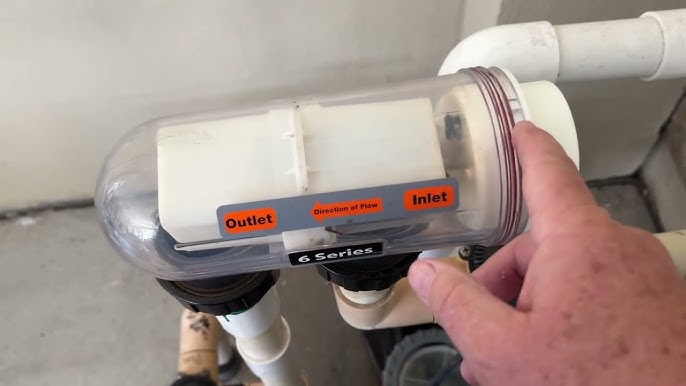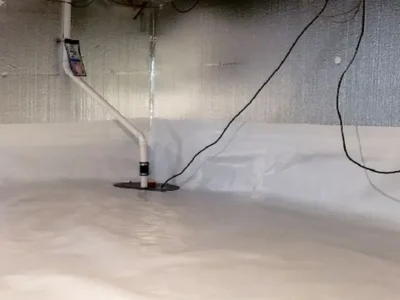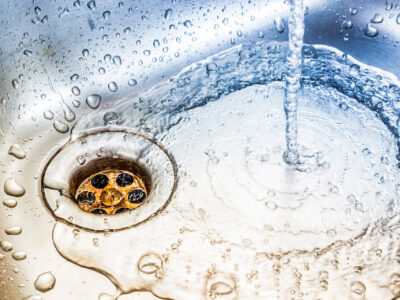For pool enthusiasts, nothing beats the allure of sparkling, inviting water. Enter the salt water chlorinator – your pool’s unsung hero. This practical device transforms ordinary salt into a powerful sanitising agent, keeping your aquatic oasis pristine.
At the heart of this system lies the salt cell, a component that demands attention. Left unchecked, it can fall victim to calcium’s sneaky buildup. The result? A chlorine production slowdown that rolls out the welcome mat for unwelcome algae, potentially painting your pool an unsightly green.
But don’t worry! Maintaining your salt cell is a breeze. You can ensure your pool remains a refreshing retreat with a few simple steps. Ready to dive into effortless pool care? Let’s explore how to keep your salt water system running smoothly, guaranteeing your pool stays as clear as your summer plans.
The Function of Chlorinator Cells
Salt chlorinator cells are vital parts that guarantee the safety and cleanliness of your swimming experience. These cells utilise electrical energy to convert regular salt into hypochlorous acid, a potent disinfectant for your pool water.
Nevertheless, the cells’ effectiveness may decrease with time. While you relax in your pool, a white powder made of calcium may build up on the cell’s surface. This accumulation works as an obstacle, decreasing the cell’s capacity to produce chlorine efficiently, which may increase algae growth, possibly transforming your pristine pool into a green and murky pond.
To ensure peak performance and water quality, make cell cleaning a regular part of your maintenance routine. How frequently you clean a salt water chlorinator cell is influenced by pool size and usage frequency, but typically, aim to clean the cell at least twice a year.
Essential Steps for Cleaning a Salt Water Chlorinator Cell

Before you start, ensure you have all the required tools and cleaning supplies, and turn off the power supply to the chlorinator.
Step 1: Remove the Chlorinator Cell
Gently loosen and detach the connecting joints that connect the cell to your swimming pool’s plumbing system. Before completely taking out the cell, make sure to empty all the water from it.
Step 2: Identifying Calcium Buildup
Look inside your salt cell by inverting it and examine it closely for any accumulation of minerals. If you notice a minor buildup, you can clear it out using a stream of water from a garden hose.
Step 3: Using Cleaner Made for Salt Cell
Keep your salt cell in prime condition with innovative cell cleaners available in stores. This specially formulated product offers a quick, efficient, and user-friendly approach to maintaining your chlorinator cell’s performance.
Key benefits of using a cleaner made for salt cells:
- Easy application
- Reusable formula
- Rapid cleaning action
- Safe for your equipment
Using a cell cleaner is a breeze—simply immerse your salt cell and follow the provided instructions. In no time, you’ll have a sparkling, clean cell ready to operate at peak efficiency.
While some pool owners may consider using hydrochloric acid for cleaning, this harsh chemical can reduce your cell’s lifespan. A cleaner made for cells provides a safer alternative that’s gentler on your equipment without compromising on effectiveness.
Step 4: Post-Cleaning Inspection
Thoroughly examine the cell for signs of damage or wear before reinstalling it in the system.
Concluding Thoughts
Maintain the sparkle of your pool by properly caring for the salt chlorinator! Keeping up with regular cleaning of the pool chlorinator cells is not just a task but essential for a better swimming experience. Utilising proper cleaning methods will not only help you save time but also safeguard your finances in the future.
.














Comments